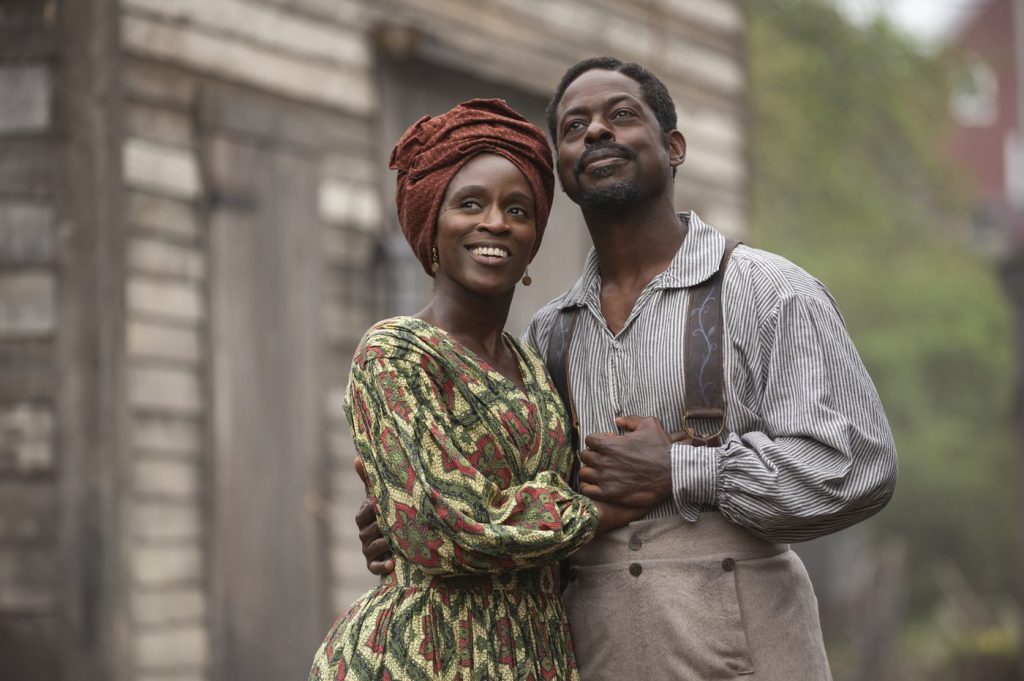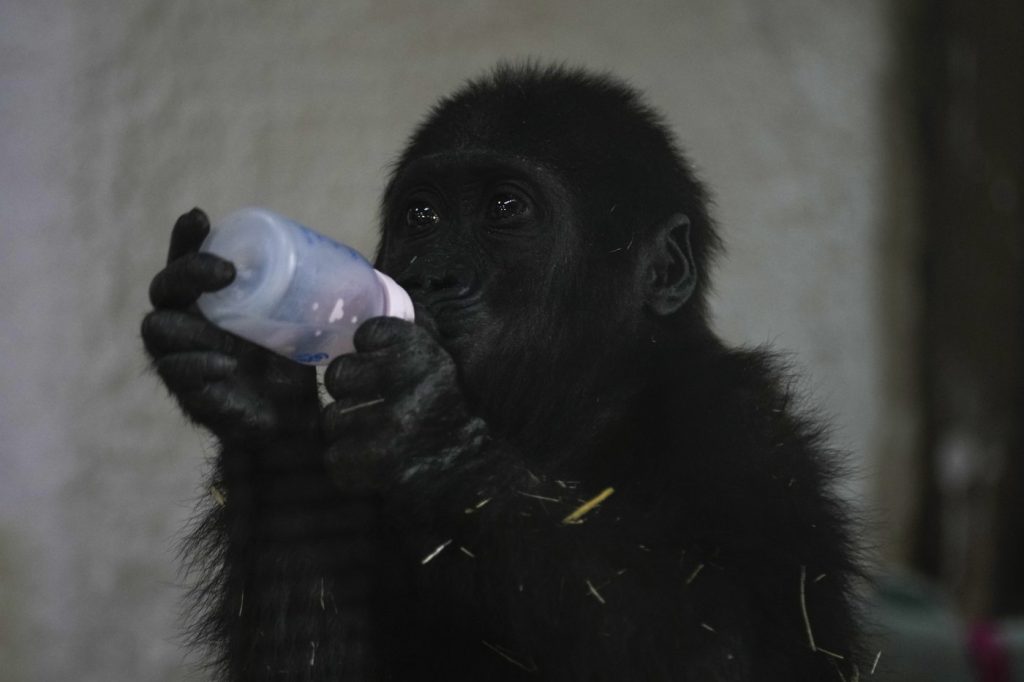TORONTO — Esi Edugyan, the author of the acclaimed historical novel Washington Black, has expressed that the Disney Plus adaptation of her work will surprise viewers familiar with the narrative's original intricacies. The series features significant alterations to the protagonist and his relationships, as well as entirely new scenes and characters introduced by showrunners Selwyn Seyfu Hinds and Kimberly Ann Harrison.
Edugyan acknowledged early in the adaptation process that transforming her Giller Prize-winning story into an eight-part streaming series would require her to relinquish some creative control. She mentioned in a recent video call from her home office in Victoria that having the original writer present during the adaptation might not be beneficial: “It’s probably never a favourable thing to have the writer of the book kind of lurking in the background, looking over your shoulder, saying, ‘Why have you done this and not that?’”
The series maintains the essence of the original tale, recounting the fantastical life of an enslaved boy on a Barbadian sugar plantation during the 19th century. Eddie Karanja portrays the young hero, Wash, while Ernest Kingsley Jr. plays an older version of him. The storyline begins when Wash, at the age of 11, is mentored by his master’s younger abolitionist brother Titch, played by Tom Ellis, who recognizes Wash's prodigious talent in art and science.
As their friendship develops, Wash becomes disfigured during a trial run of an experimental flying machine and is subsequently implicated in a crime, leading him and Titch to escape the plantation. Edugyan's original narrative is told through Wash’s first-person perspective as he reflects on a lifelong quest for freedom and purpose, taking him to the far corners of the world.
In a notable shift in the adaptation, the series is narrated by Sterling K. Brown’s character, Medwin, who is a minor character in the book but serves as a central figure in the series. Medwin, owner of Wash's boarding house in Halifax, is depicted with a backstory and a love interest, which align with the show's broader narrative exploration.
The Disney adaptation also sees Halifax take on a more prominent role, with filming conducted in various locations around the Atlantic capital as well as in Mexico and Iceland to replicate settings like Virginia, the Arctic, London, and Morocco. Hinds shared that the crew spent about six months filming in Nova Scotia, discovering the rich history of Black settlements in Canada.
Among the most significant changes is the omission of Wash’s facial scars, a choice Edugyan made deliberately in the book to symbolize Wash's double estrangement as an enslaved person bearing physical disfigurement. In the series, Wash’s scar is instead located on his chest, hidden from view. “That is quite a departure from the novel,” Edugyan noted, emphasizing the importance of that detail in the original story.
Edugyan characterizes the series as a “translation or interpretation” of her novel that seeks to meet the demands of visual storytelling. She remarked, “It’s quite different from the novel, but I think it’s its own piece of art.” The series premieres all eight episodes on Disney Plus on Wednesday.
Hinds described the adaptation as a way to expand the narrative’s world, introducing a romantic rival for Wash and enhancing the backstory of his white-passing love interest, Tanna, who is revealed to be born to a Black mother in the Solomon Islands. He expressed that his goal was to capture the emotional essence of the original story, emphasizing themes of hope, agency, and freedom.
As the adaptation approaches its release, Edugyan is slowly viewing the series and found it to be “really lush and gorgeous,” complimenting the performances within. She expresses interest in the audience's responses and is optimistic about the adaptation’s reception.










